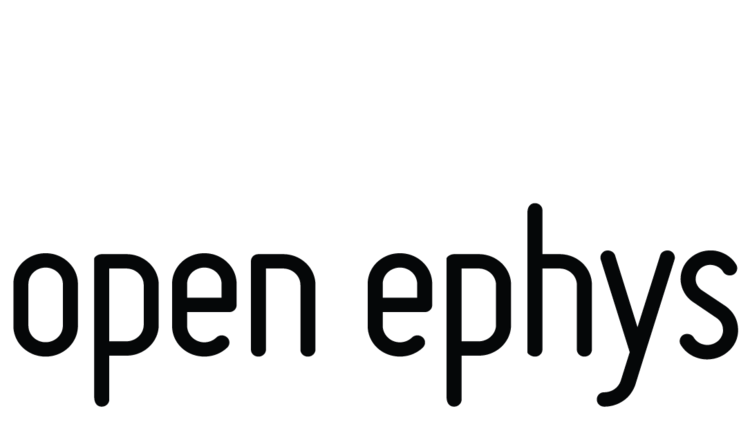Headstages
The Open Ephys headstages link up your electrodes to the acquisition system. Intan amplifier chips filter, amplify, and multiplex 32 or 64 channels of neural data, and an analog-to-digital converter inside the chip digitizes each signal with 16-bit resolution.
Description
Intan RHD chips
The Intan RHD family of amplifier & A/D chips integrates all basic functions of an extracellular recording system on a single chip. Neural data is transmitted to the acquisition board with a digital LVDS interface for robust signal transmission over long, thin tethers. Instead of one wire per channel, as is required for analog headstages, our headstage can send up to 128 channels over a thin tether with only 12 wires. And the signal is purely digital, so there are no tether artifacts.
The Open Ephys and Intan Headstages all share the same standardized connector and pin assignment (wiki). This means that cables are easy and cheap to replace, and you can choose from a wide array of headstage designs to fit your needs. It's easy to make and share new designs.
Available Headstage Designs
Intan Headstage
Thin Intan SPI tether
Compatible with all Intan/ Open Ephys Rhythm systems
Omnetics connector to EIB
1.36 g
OE Headstage
Thin Intan SPI tether
Compatible with all Intan/ Open Ephys Rhythm systems
Hirose connector to EIB
0.92 g
2 LEDs for tracking purposes
Flat, round design cuts torque in half, reducing impact on animal - mice can lower their heads and perform most licking/nosepoke paradigms.
Features
Same industry standard Intan chips as used by many commercial systems (datasheet pdf)
1Hz - 30kHz Sampling Rate
Low Noise 2.4 µV rms
Large Input Range ± 5 mV
Low-cut 0.1Hz - 500Hz
High-cut 100Hz - 20kHz
3 axis aux. input
(Accelerometer variants available)
Standardized all-digital headstage cables.
The LVDS standard that is used by the interface means that cables can be very long (>5m), and very thin (only 12 wires, down to 38AWG (wiki)), enabling freely moving mice or birds without counterweights.
Up to 2 Intan chips per standard (12 wire) cable (2x32 or 2x64 channels): The standard also specifies up to 2 Intan chips per 12-pin cable, so you can record up to 128 channels on one thin tether. Adding another 128 channels only requires 4 more wires.
The Open Ephys system is 100% compatible with commercially available Intan headstages.
Block diagram of an Intan amplifier&A/D chip.
Examples of headstages compatible with our system. 16, 32, and 64-channel variants can be purchased through the Intan website. New headstages can easily be derived from freely available design files.







